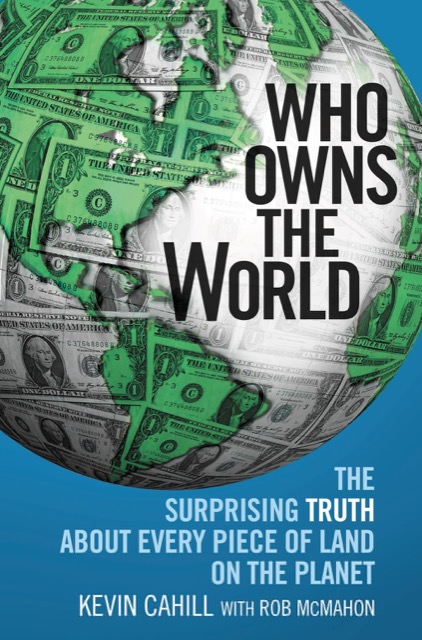An article posted on the Atlantic‘s CityLab last week documented that many of the cities that have adopted “vision zero” policies have seen pedestrian fatalities sharply increase. These cities, notes the article, have “spent hundreds of millions of dollars in the process, rebuilding streets to calm traffic and reduce driving, lobbying for speed limit reductions, launching public awareness campaigns, and retraining police departments.” Yet Chicago, Los Angeles, and Washington, among others, saw sharp increases in pedestrian and/or bicycle fatalities after adopting Vision Zero policies.
This won’t be a surprise to Antiplanner readers. As described in Policy Brief #25, Vision Zero is an overly simplistic strategy that fails to solve the real problems that are causing pedestrian fatalities to rise.
Vision Zero is based on the observation that pedestrians hit by cars traveling at high speeds are more likely to die than if the cars are traveling at low speeds. So Vision Zero’s primary tactic is to reduce driving speeds. Vision Zero’s secondary goal is to reduce driving period by making auto travel slower and less desirable compared to the alternatives. Neither of these are working very well. Continue reading








